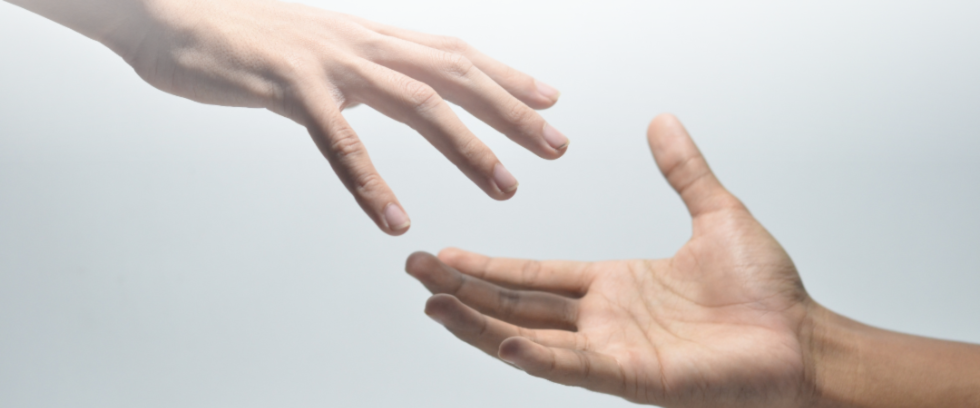Trigger warning: This blog post discusses the new 988 National Suicide Prevention Hotline and provides statistics around suicide in the United States.
Key Takeaways:
- There have been mixed responses about the new 988 hotline, but ultimately it can provide much needed services to those who are struggling with suicidal thoughts or other mental health crises.
- 988 is not 911. 988 is meant to be a confidential, stabilizing tool for those experiencing a mental health crisis: not a one-way ticket to the emergency room.
- The Federal Gov’t is investing in mental health in ways that we have not seen in a long time. In spite of this, capacity building is an ongoing project.
For the last two weeks, news of the updated 988 National Suicide Prevention Hotline number have been plastered all over the internet: posts with explanations for what the new hotline means for those in crisis, posts with celebratory language to mark a new era for mental health response, and posts that scrutinize the hotline’s capacity and confidentiality. This blog will seek to answer some of the questions that have been circulating about 988, from the perspective of a mental health practitioner.
Let’s start with the basics. Death by suicide is both a hugely tragic and hugely preventable way that people cope with mental health lows. Further, death by suicide and experiencing suicidal thought are not one in the same. In 2020, the Substance Abuse and Mental Health Services Administration collected data that showed that 12.2 million adults thought about suicide, while 1.2 million attempted suicide. SAMHSA’s data tells us that there is a real need, and a real opportunity for mental health services like the Hotline to make a difference in people’s lives.
Let’s get into how 988 works. Similarly to 911, 988 is meant to be an easy to remember number that connects you to resources when you are in a crisis. Essentially, just like how 911 is a medical emergency number, 988 is a mental health emergency number. Where 911 and 988 are different, however, is in how dispatching works. When you call 988, you will be connected to an individual who has undergone training in how to evaluate, assess, and intervene in a mental health crisis. That individual will work with you to determine what the next, best, most safe option for your care is. In under 2% of crisis calls, 911 will be dispatched. 988 is intended to be a stabilization tool for folks in crisis, not a one-way ticket to the emergency room.
Concerns about confidentiality have come up since the new 988 roll-out. The bottom line is that your call and what you share will always be confidential, unless the person you are speaking with has concerns for your safety. These concerns have come, in part, from abolitionist spaces who frame 988 as a service that is in alignment with the police and the broader prison industrial complex because of their usage of geolocation to dispatch when the safety of a caller is in imminent risk. While the 988 line is not entirely “cop-free” as some would like, it is also not as cop-centric as many of these critiques have made it out to be. It is unrealistic to expect that everyone will agree on the type of mental health services needed and/or the ways in which they should be provided. Our challenge will be learning to balance the visionary ideas for what our healthcare system might look like one day with the present needs of the communities in which we live.
It is because of the increased present need that changes to the Hotline are even happening. Historically, crisis intervention services have been drastically under-funded in the United States, leaving much of the coordination and occupational support up to individual states. Now, through the passage of the Bipartisan Safer Communities Act, which passed on June 25th of this year, there will be $150 million dollars allocated for the National Suicide Prevention Hotline in fiscal year 2022. This, along with a portion of the $1.6 billion dollars allocated in the president’s fiscal year 2022 budget towards the Community Mental Health Services block grant and a $3 billion dollar grant from the American Rescue Plan, crisis interventions services are being supported with federal dollars more than they have in a long time. Even still, capacity building for the hotline is an ongoing project and individual states are still tasked with meeting a signfiicnat amount of need. To view Michigan’s plan for 988, you can read through this powerpoint presentation.
Is 988 perfect in every way? No. Is it still a worthwhile service that we should be investing in while staying critical? Yes.

Author: Anton Babushkin, PhD
Looking for a Therapist? Start My Wellness has highly experienced Licensed Therapists that are currently accepting new patients.


